Understanding your market is no longer just an advantage; it’s a necessity. Companies that prioritize market research in their strategic planning see a marked increase in success, with product launches backed by solid research achieving up to 85% higher success rates compared to those that aren’t. This is not a mere coincidence but a clear indication of the power of data-driven decision-making. In an environment where consumer behaviors rapidly evolve, refining your value proposition has never been more critical.
A value proposition is the foundation of your brand’s identity in the marketplace. It communicates the unique benefits and solutions your product or service offers, distinguishing you from competitors. However, the effectiveness of this proposition hinges on its alignment with your target audience’s actual needs, desires, and pain points. This alignment can only be achieved through a deep, nuanced understanding of the market—insights uncovered through rigorous market research.
Market research is not just about gathering data; it’s about interpreting that data to uncover the real drivers of consumer behavior. As markets become increasingly segmented and diverse, a one-size-fits-all approach to value propositions is no longer viable. Brands must craft tailored messages that resonate with specific market segments, each with its expectations and needs. Without a strong foundation in market research, any attempt to define or refine a value proposition is at risk of being misaligned with the very audience it aims to engage.
Why Market Research is Crucial for Value Proposition Development
Market research is the cornerstone of any successful value proposition. It goes beyond surface-level understanding, diving into what different market segments truly value. By uncovering these insights, companies can tailor their offerings to meet specific needs, ensuring their value proposition resonates with the intended audience. Without this critical step, businesses risk creating value propositions out of touch with consumer realities, leading to missed opportunities and potentially costly misalignments.
Developing a value proposition without adequate market research is akin to navigating without a map. When businesses fail to ground their strategies in real-world data, they often find themselves out of sync with consumer expectations. This disconnect can manifest in various ways, from launching products that don’t solve relevant problems to crafting messages that fall flat with the target audience. The consequences of such misalignment can be severe, including wasted resources, lost market share, and reputational damage.
Image credit: JCPenney
One stark example of the pitfalls of neglecting market research can be seen in the case of US-based retailer JCPenney’s ill-fated rebranding attempt in 2011. Under new leadership, the company decided to eliminate discounts and sales events, opting instead for an everyday low-price strategy. However, this move was made without fully understanding the preferences and behaviors of its core customers, who had grown accustomed to the traditional discount-driven model. The shift alienated a significant portion of JCPenney’s customer base, leading to a dramatic decline in sales and ultimately forcing the company to revert to its previous strategy. This costly misstep underscores the importance of aligning a value proposition with well-researched consumer insights, illustrating how a lack of market research can lead to strategic failures.
Incorporating market research into the strategic planning process is not just beneficial; it’s essential. By making market research a central component of strategy development, businesses ensure that their value propositions are not only compelling but also aligned with broader business goals. This alignment is crucial for long-term success, enabling companies to effectively position themselves in the market, meet consumer needs, and achieve sustainable growth.
Navigating Conflicting Research Insights
In market research, it’s not uncommon to encounter conflicting insights from different segments or methodologies. These discrepancies can present significant challenges for brands attempting to refine their value propositions. When different pieces of data point in seemingly opposite directions, it can be difficult to determine the best course of action. However, navigating these conflicts is not only possible but also essential for creating an accurate and compelling value proposition.
The first step in reconciling conflicting research insights is to thoroughly analyze the data to understand the context and the underlying factors driving the differences. It’s crucial to consider the source of each piece of data, the methodology used, and the specific segment it represents.
For instance, qualitative research, such as focus groups or in-depth interviews, may reveal deep emotional drivers and motivations, while quantitative surveys might highlight broader trends or preferences. Understanding the strengths and limitations of each research method can clarify why certain insights may appear to conflict.
Once the context is understood, brands should prioritize insights based on their strategic objectives and the importance of the segments they target. Not all segments will have equal weight in the decision-making process.
For example, if a segment represents a significant portion of revenue or future growth potential, its preferences and needs might take precedence over others.
This prioritization should be guided by the company’s broader business goals, ensuring that the final value proposition aligns with the most critical segments.
Effective communication within the organization is also key when dealing with conflicting insights. Decision-makers must ensure all stakeholders understand the rationale behind prioritizing certain segments or insights. This involves transparently sharing the data, the context in which it was gathered, and the strategic reasoning for any decisions made. Clear communication helps build consensus and ensures the entire organization is aligned with the refined value proposition.
In practice, navigating conflicting insights requires a balanced approach that integrates data-driven analysis with strategic foresight. By carefully evaluating the data, prioritizing the most relevant insights, and maintaining open lines of communication, businesses can make informed decisions that enhance their value proposition, even in the face of conflicting information. This approach mitigates the risks associated with conflicting data and strengthens the company’s overall strategic direction.
Segmenting the Market for Targeted Value Propositions
Market segmentation is fundamental to developing value propositions that resonate with specific groups. By dividing the market into distinct segments based on demographics, psychographics, behavior, and needs, businesses can tailor their offerings to meet the unique expectations of each group. This precision in targeting not only enhances the relevance of the value proposition but also increases the likelihood of engaging the right audience with the right message.
Market research plays a crucial role in identifying these segments. Through data collection and analysis, companies can uncover the characteristics that differentiate one segment from another, such as age, income level, lifestyle, or purchasing behavior. Understanding these differences allows brands to craft value propositions that speak directly to each segment’s specific desires and challenges rather than relying on a one-size-fits-all approach.
Image credit: P&G
A notable example of effective market segmentation is seen in the strategy employed by Procter & Gamble (P&G) with their laundry detergent brands. P&G identified distinct market segments based on consumer behavior and preferences. For instance, Tide was positioned as a premium brand for consumers willing to pay more for superior stain removal. On the other hand, Gain was marketed towards those who valued fragrance and a fresh scent experience. This segmentation allowed P&G to cater to different audiences with tailored value propositions, leading to increased market penetration and dominance in the laundry detergent category.
Understanding Segment-Specific Needs and Pain Points
Uncovering each market segment’s unique needs and pain points is essential for refining a value proposition that truly resonates. Market research provides the tools to delve into these segment-specific issues, revealing the underlying motivations, challenges, and desires that drive consumer behavior. By understanding what each segment values and where they experience friction, businesses can adjust their offerings to meet these needs better.
Customer personas are instrumental in this process. These personas serve as detailed representations of key segments, summarizing their demographic information, behaviors, needs, and pain points. By creating and utilizing customer personas, businesses can ensure that their value propositions align with and directly address the most pressing concerns of their target audiences.
Image credit: Spotify
A case study that illustrates the power of addressing segment-specific needs is the success of Spotify’s family plan. Through market research, Spotify identified a key segment—families with multiple users—interested in sharing a subscription but found individual plans too costly. By addressing this segment’s specific pain point, Spotify refined its value proposition to offer a family plan that allowed up to six accounts under one subscription at a discounted rate. This move not only met the needs of a crucial segment but also drove substantial growth in their subscriber base.
Measuring Segment-Specific Preferences and Perceptions
Quantitative research methods, such as surveys and conjoint analysis, are invaluable tools for measuring the preferences and perceptions of different segments. These methods provide data-driven insights into what each segment values most, allowing brands to prioritize which aspects of their value proposition should be emphasized. Whether it’s price sensitivity, product features, or brand loyalty, understanding these preferences helps companies make informed decisions about how to position their offerings.
Tools and techniques like MaxDiff analysis and TURF (Total Unduplicated Reach and Frequency) analysis further enhance this process by providing more granular insights into segment-specific preferences. MaxDiff analysis, for instance, helps identify which attributes are most and least important to a particular segment, enabling businesses to focus their messaging on what matters most. TURF analysis, on the other hand, is particularly useful for understanding the optimal combination of product features or messages that will appeal to the broadest audience within a segment.
By leveraging these advanced analytics technologies, brands can gain a deeper understanding of their target segments, ensuring that their value propositions are not only well-crafted but also highly targeted and effective. This data-driven approach allows companies to fine-tune their offerings and maintain a competitive edge in increasingly segmented markets.
Translating Insights into Actionable Value Proposition Elements
The insights gleaned from market research are only as valuable as their application. To transform these insights into a compelling value proposition, brands must distill the data into specific, actionable elements that resonate with their target audience. This process involves translating the research findings into key benefits, unique selling points (USPs), and emotional appeals that form the backbone of the value proposition.
The first step in this process is to identify the core needs and preferences of each market segment, as revealed by the research. From here, businesses should prioritize these elements based on their strategic goals and the segment’s importance to the overall market strategy. For instance, if a particular segment values convenience above all else, the value proposition should emphasize how the product or service simplifies the customer’s life.
A step-by-step approach to refining the value proposition might look like this:
- Identify Core Insights: Analyze the research to pinpoint the most significant findings about each segment’s needs, preferences, and pain points.
- Define Key Benefits: Translate these insights into specific benefits that address the identified needs. Focus on what the product or service offers that competitors do not.
- Craft Unique Selling Points (USPs): Develop USPs that differentiate the offering from the competition, ensuring that these points are grounded in the research data.
- Incorporate Emotional Appeal: Understand the emotional drivers behind consumer behavior and integrate these into the value proposition to create a deeper connection with the audience.
- Align with Strategic Objectives: Ensure that the refined value proposition aligns with the company’s broader strategic goals, reinforcing the brand’s overall positioning in the market.
One company that exemplifies this approach is Apple. Apple’s focus on user experience and design aesthetics is not just a creative decision but one rooted in deep market research. Apple has successfully refined its value proposition to emphasize innovation, simplicity, and premium design by understanding that its core audience values not just functionality but also style and status. This refinement has been consistent across their product lines and marketing, reinforcing Apple’s position as a leader in both technology and design.
Cross-functional collaboration is critical in ensuring the refined value proposition resonates across all customer touchpoints. Marketing, product development, customer service, and other departments must work together to align their efforts with the newly defined value proposition. This collaboration ensures that the messaging is consistent, the product delivers on the promise, and the customer experience reflects the brand’s values. Without this alignment, even the most well-researched value proposition can fall flat when brought to market.
Testing and Validating the Refined Value Proposition
Once the value proposition has been refined, it’s essential to test it with the target segments to ensure it resonates as intended. Testing is a crucial step that validates whether the proposed value proposition meets the expectations and needs of the audience. Without this validation, businesses risk launching a value proposition that may still be misaligned with the market.
There are several methods for testing value propositions, each offering unique insights:
- A/B Testing: This method allows businesses to compare different versions of the value proposition by presenting them to a sample audience and measuring which one performs better. A/B testing is particularly effective for testing specific elements, such as messaging or visuals.
- Concept Testing: In concept testing, businesses present the refined value proposition to the target audience to gauge their reactions and gather feedback. This method helps in understanding how well the value proposition is perceived and whether it aligns with consumer expectations.
- Pilot Launches: A pilot launch involves introducing the refined value proposition to a small, controlled segment of the market. This approach allows businesses to observe real-world reactions and make adjustments before a full-scale launch.
Practical tips for conducting these tests effectively include:
- Set Clear Objectives: Define what you aim to learn from the testing phase, whether it’s understanding consumer reactions, optimizing messaging, or refining product features.
- Choose the Right Audience: Ensure the test audience accurately represents the target market segments.
- Analyze Results Objectively: Use the data collected to make informed decisions, being careful not to let preconceived notions bias the interpretation of results.
- Refine as Necessary: Be prepared to iterate on the value proposition based on the feedback and data collected during testing.
Iterating and Evolving the Value Proposition
Refining a value proposition is not a one-time task but an ongoing process that requires continuous iteration based on market feedback and changing consumer trends. As markets evolve and consumer preferences shift, so too must the value proposition adapt to remain relevant and competitive.
By continuously monitoring the effectiveness of the value proposition through ongoing research, brands can identify areas that require adjustment. Staying attuned to market dynamics, whether through regular surveys, social listening, or competitive analysis, allows businesses to refine their value proposition in real-time, ensuring it continues to meet the needs of the target audience.
A prime example of a company that successfully iterates its value proposition is Netflix. Originally a DVD rental service, Netflix continuously evolved its value proposition in response to changing market conditions and consumer behavior. By leveraging ongoing market research, Netflix transitioned to a streaming service, then began producing original content, and now tailors its offerings to global markets with region-specific programming. This continuous iteration, driven by deep market insights, has allowed Netflix to maintain a competitive edge and dominate the entertainment industry.
In addition to iterative refinement, agility is crucial in responding to unexpected market shifts. Whether due to economic changes, technological advancements, or unforeseen events, businesses must be ready to pivot their value propositions when necessary. This agility ensures that the company remains aligned with consumer expectations and can capitalize on new opportunities as they arise.
By embracing an iterative approach and remaining agile in the face of change, companies can ensure that their value proposition stays relevant, competitive, and aligned with the evolving needs of their target audience.
Balancing Differing Needs Across Segments
One of the most significant challenges in refining a value proposition is balancing the differing needs and preferences of multiple market segments. As brands expand their reach, they often encounter segments with distinct and sometimes conflicting expectations. This diversity can complicate the task of creating a cohesive value proposition that resonates across the board.
The key to overcoming this challenge lies in prioritization and strategic segmentation. Not all segments will carry equal weight in a company’s overall strategy. Brands must identify their most valuable segments—those that offer the highest potential for growth, profitability, or strategic importance—and prioritize their needs when refining the value proposition. This doesn’t mean neglecting other segments; instead, it involves creating a tiered value proposition that can cater to different levels of needs.
A tiered approach allows businesses to develop multiple versions of their value proposition, each tailored to specific segments. For instance, a company might offer a premium version of its product for high-value customers, emphasizing advanced features and personalized service, while providing a more basic version for price-sensitive segments. This strategy ensures each segment receives a value proposition that aligns with its unique needs without diluting the overall brand message.
One company that has successfully balanced differing needs across segments is Marriott International. Marriott offers a wide range of hotel brands, each targeting a different customer segment—from budget-conscious travelers to luxury-seeking guests. By developing distinct value propositions for each brand, Marriott caters to the specific preferences of its diverse customer base while maintaining a unified brand identity across its portfolio. This segmentation strategy has enabled Marriott to capture a broad market share and meet the varying expectations of its global clientele.
Navigating Conflicting Research Insights
In refining a value proposition, businesses may encounter conflicting research insights from different segments or research methods. These conflicts can pose significant challenges, as they may suggest different directions for the value proposition. However, navigating these conflicts effectively is crucial for developing a value proposition that is both cohesive and resonant.
The first step in addressing conflicting insights is to thoroughly examine the data to understand the root causes of the discrepancies. This involves analyzing the context in which the data was collected, the methodologies used, and the specific characteristics of each segment. By understanding the nuances behind the data, businesses can better assess the validity and relevance of the conflicting insights.
Once the data has been analyzed, businesses must decide which insights to prioritize. This prioritization should be guided by the company’s overall business objectives and the strategic importance of the segments in question. For instance, if one segment represents a significant growth opportunity, its preferences may precede a smaller, less strategically important segment.
In some cases, reconciling conflicting insights may be possible by finding common ground or identifying overarching themes that resonate across segments. Alternatively, businesses can develop multiple value propositions, each tailored to the specific needs of different segments, as discussed in the previous section.
Effective communication within the organization is also essential when navigating conflicting insights. Decision-makers should ensure that all stakeholders understand the rationale behind prioritizing certain segments or insights. This transparency helps to build consensus and align the organization around the refined value proposition, minimizing the risk of internal conflict or misalignment.
Practical advice for navigating conflicting insights includes:
- Re-examine the Research: Consider whether additional research or a different methodology might help clarify the conflicting insights.
- Prioritize Strategically: Focus on the segments that align most closely with the company’s long-term goals and growth potential.
- Communicate Clearly: Ensure that the decision-making process is transparent and that all relevant stakeholders understand the reasons behind the chosen direction.
By carefully navigating these challenges, businesses can develop a value proposition that not only resonates with their target audience but also aligns with their broader strategic objectives. This approach ensures that the value proposition remains robust, even in the face of conflicting data and diverse segment needs.
Final Thoughts
The ability to refine and evolve a value proposition is no longer a luxury; it’s a necessity. The brands that will lead the future are those that view their value proposition as a living entity—one that must be constantly nurtured, tested, and adapted in response to ever-shifting consumer demands and market conditions.
The speed at which markets evolve today demands a level of agility that many businesses are still struggling to achieve. Relying on outdated assumptions or static strategies is a recipe for obsolescence. As market dynamics change, so too must the value proposition. This requires an ongoing commitment to research, a willingness to challenge the status quo, and a proactive approach to anticipating future trends.
The future belongs to brands that can foresee changes before they happen, leveraging real-time data and forward-thinking strategies to stay ahead of the curve. Those who are complacent, assuming that what worked yesterday will work tomorrow, will find themselves left behind.
The most successful companies in the future will be those that maintain a deep, data-driven understanding of their customers and are prepared to pivot quickly when the market demands it. The value proposition of tomorrow will not be built on what is known today but on the insights that come from continuously questioning, testing, and refining in real-time. This is not just about maintaining relevance; it’s about leading the market and setting the pace for others to follow.





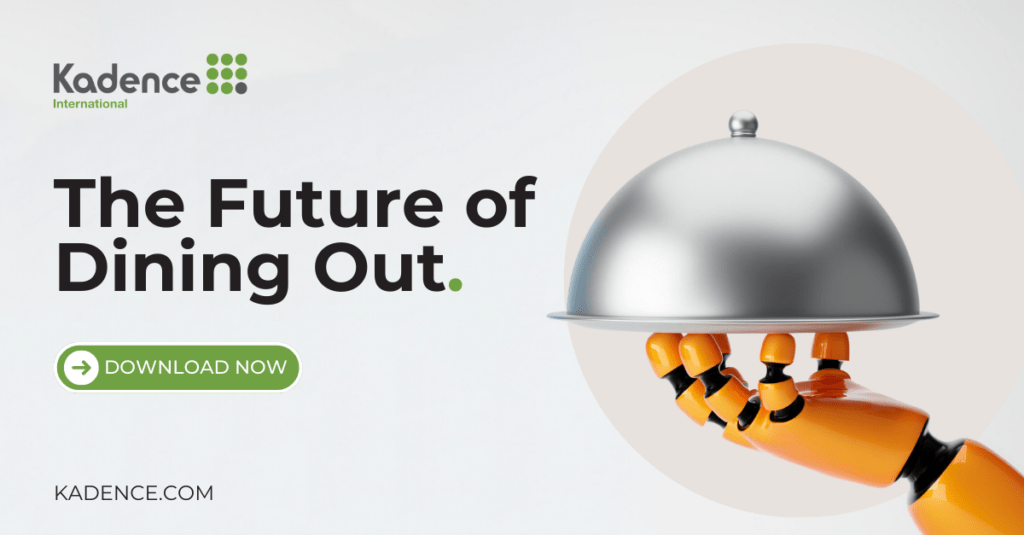
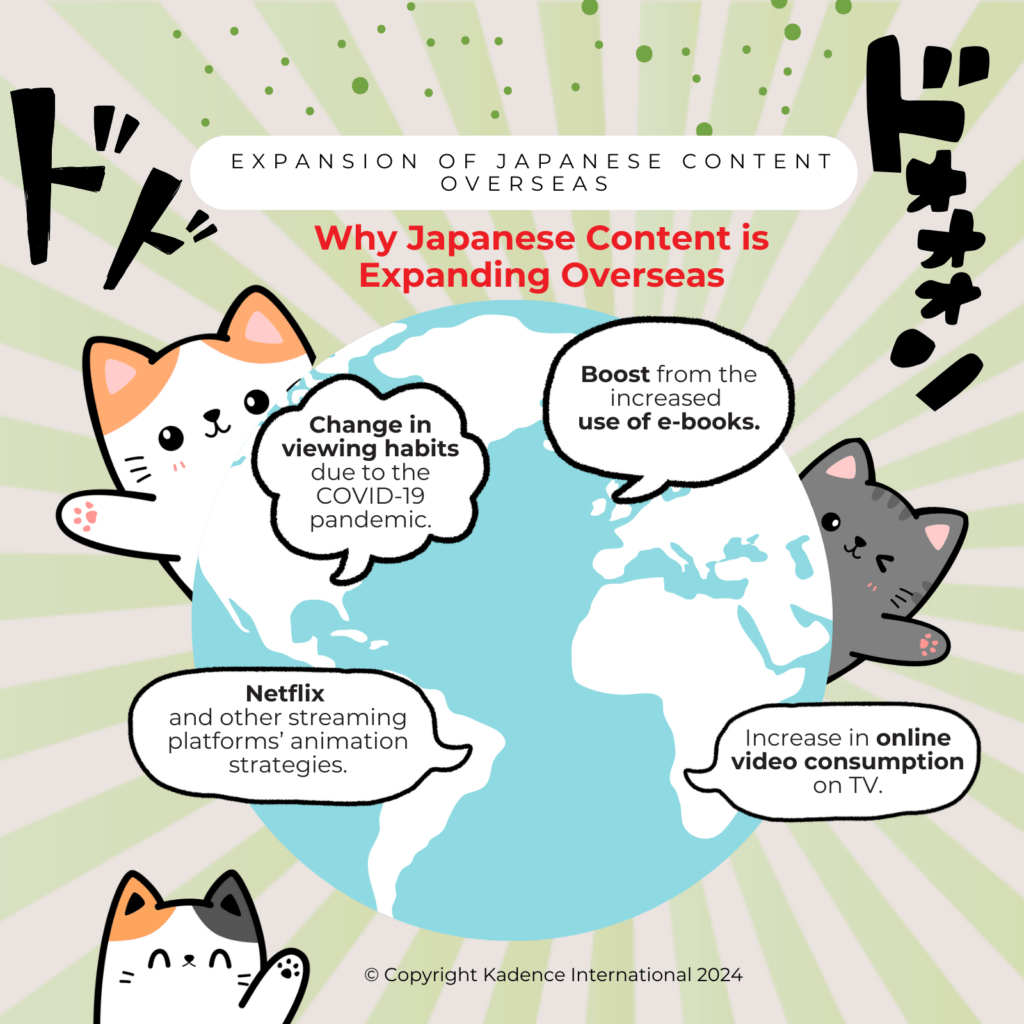

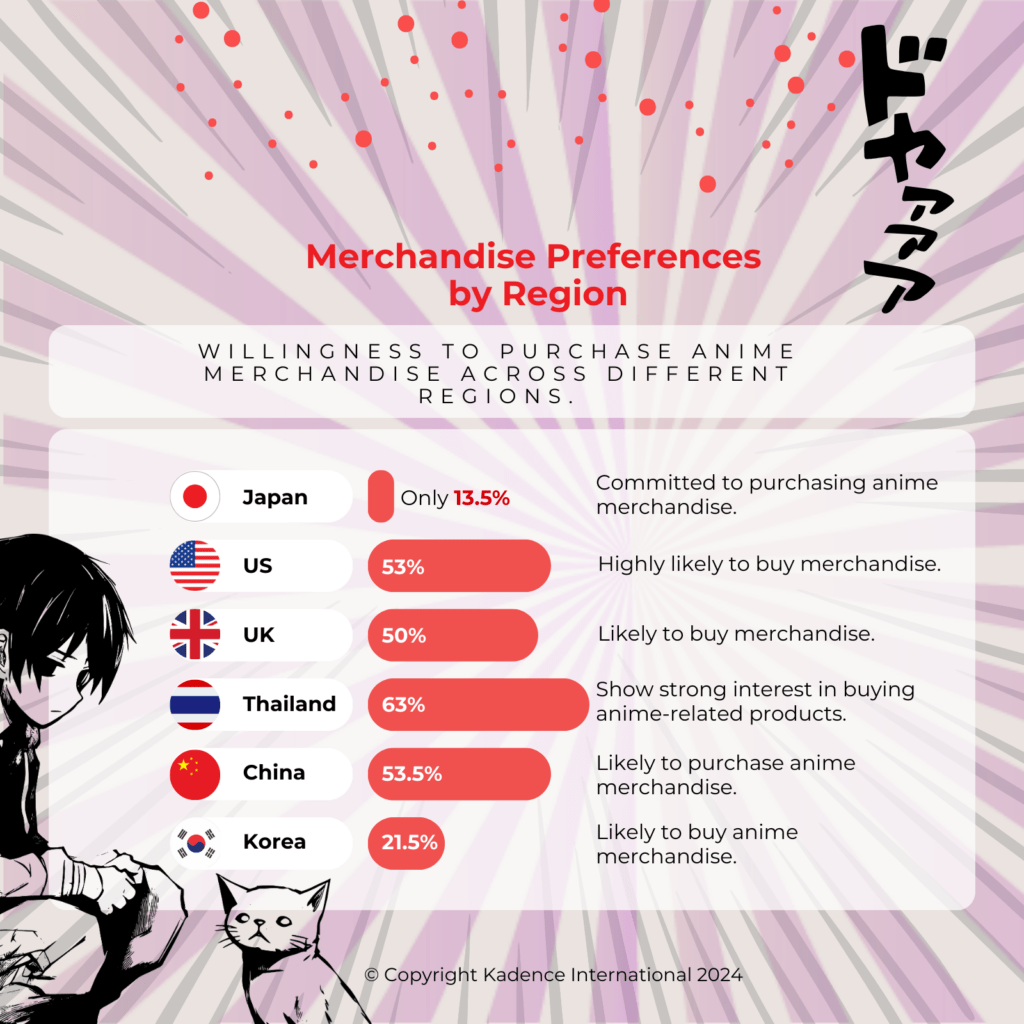
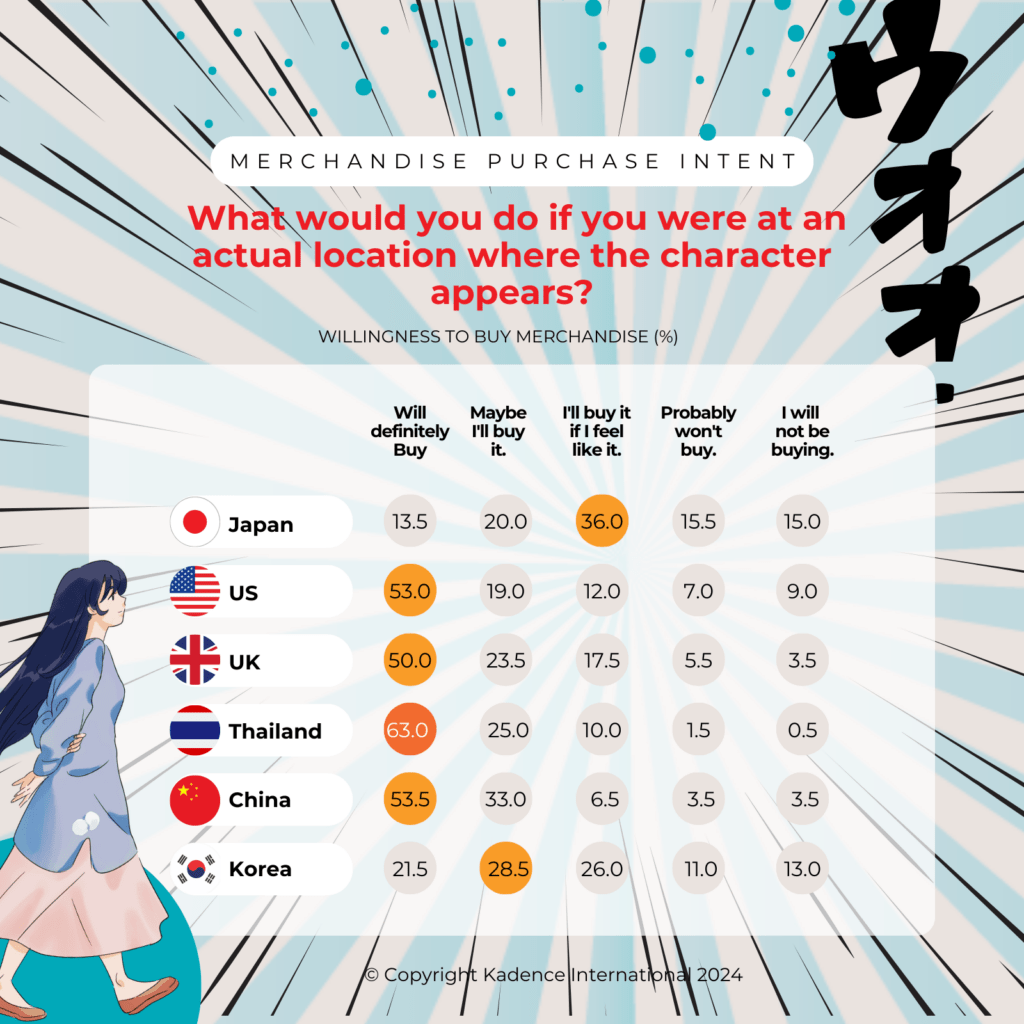
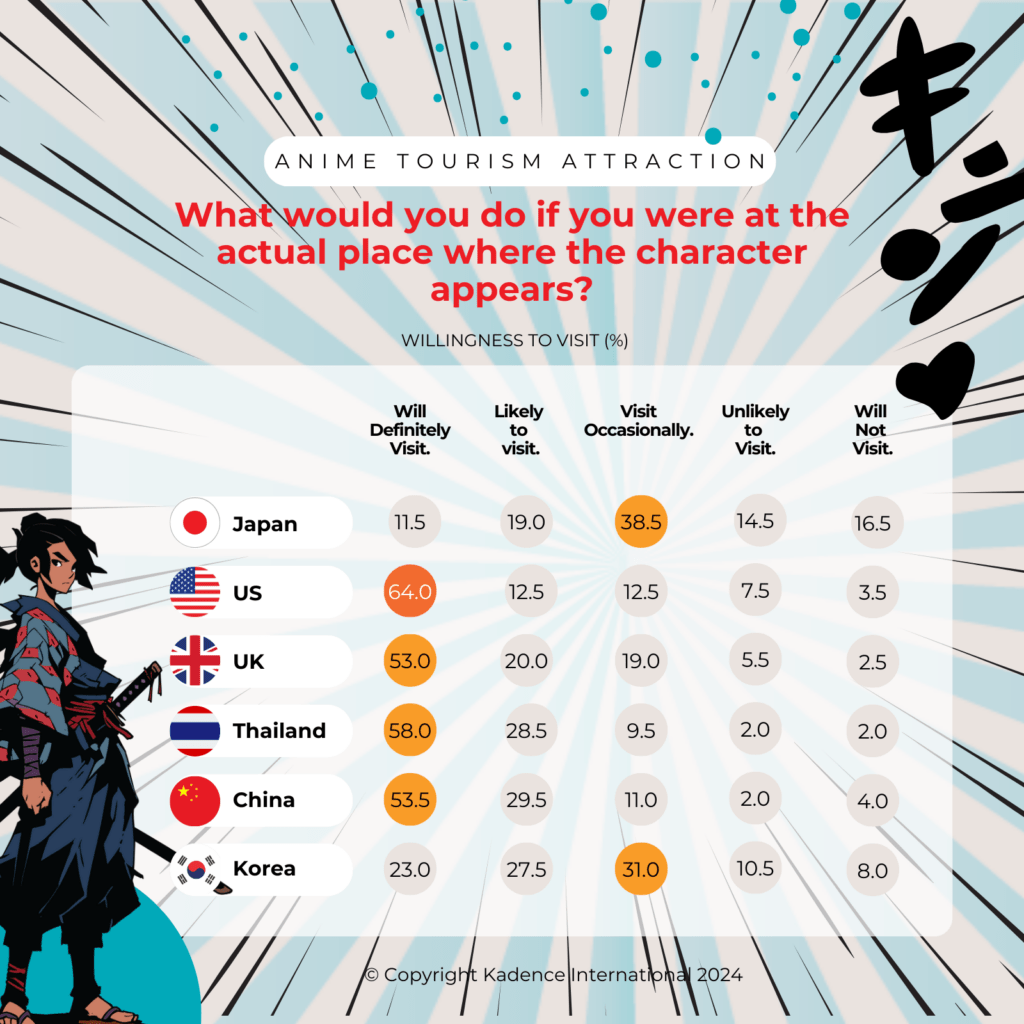
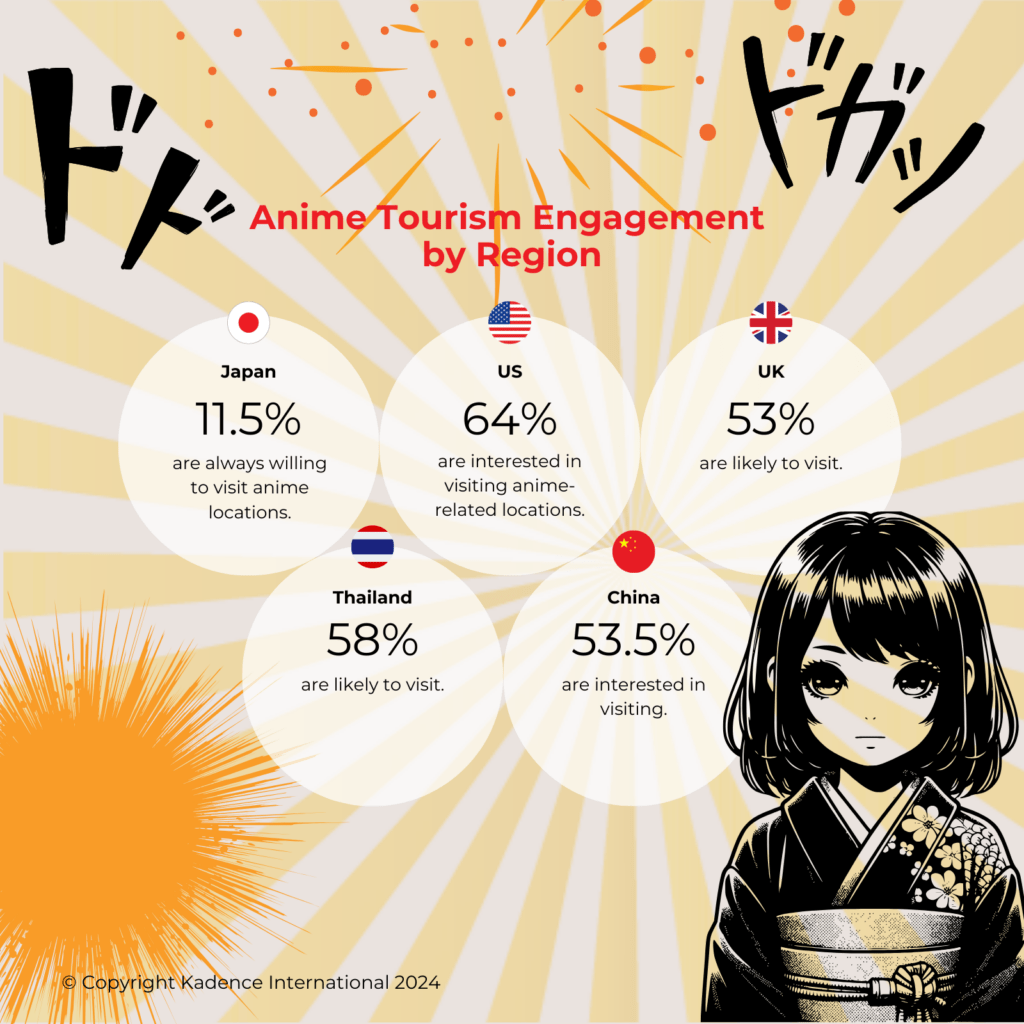

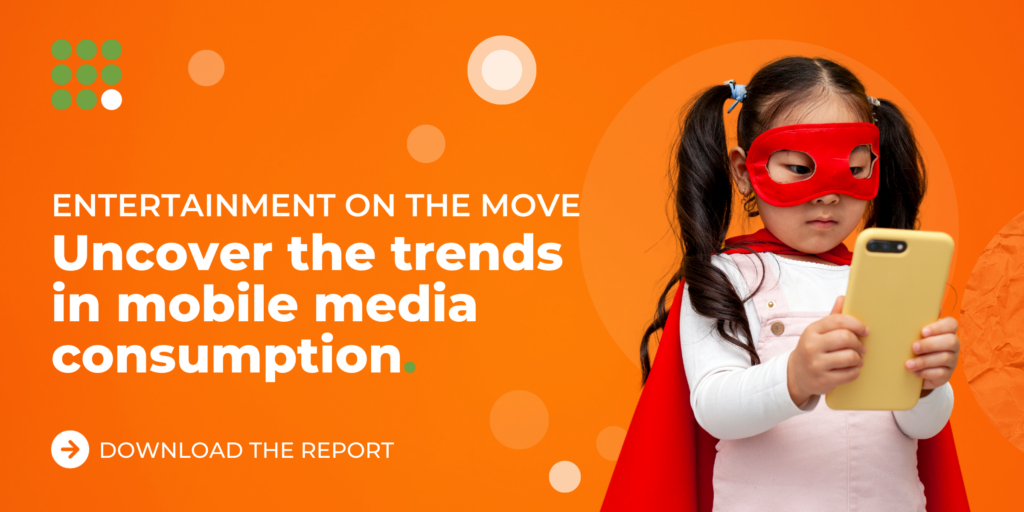



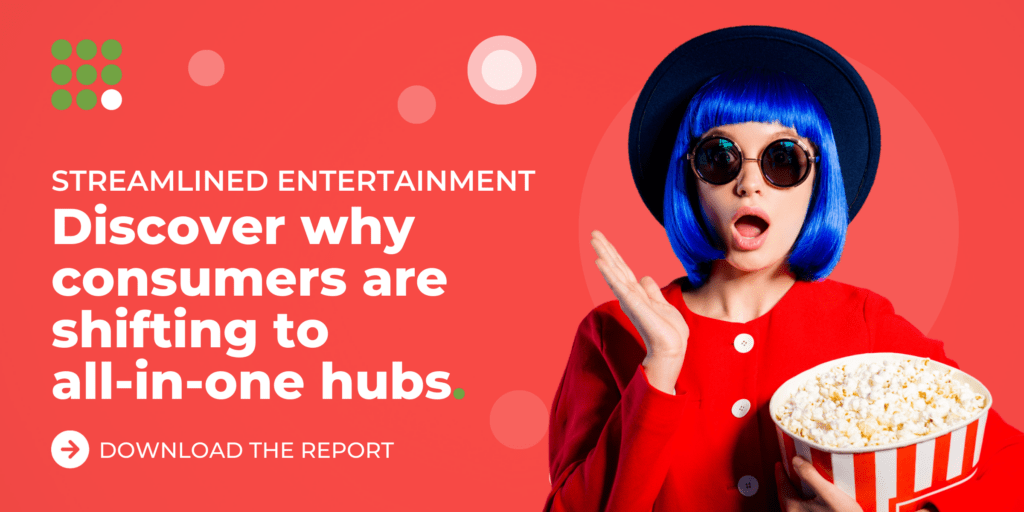






 Senior Marketing Executive
Senior Marketing Executive Sales & Marketing
Sales & Marketing General Manager PR -Internal Communications & Government Affairs
General Manager PR -Internal Communications & Government Affairs Vital Strategies
Vital Strategies
 Customer Intelligence Director
Customer Intelligence Director